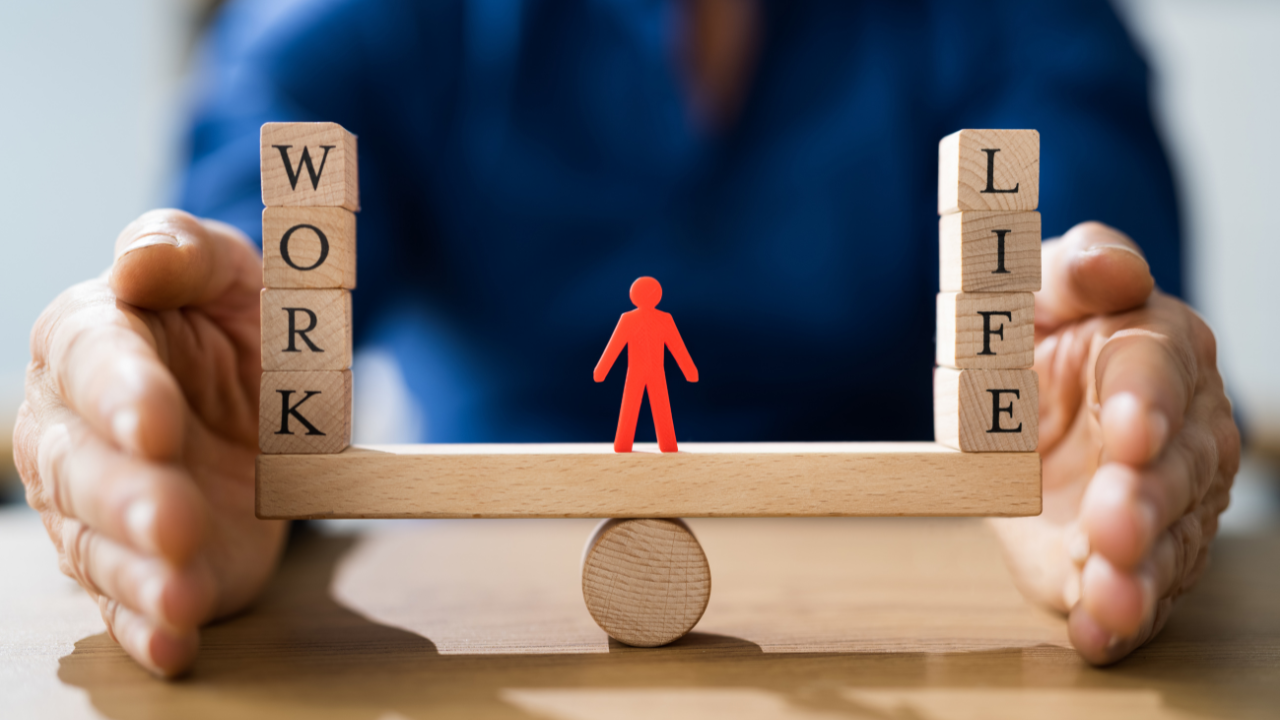The definition of work-life balance changed dramatically throughout the past several years as people moved from pre-pandemic, pandemic, and post-pandemic eras.
If before, the term only alludes to flexible schedules; employees now say that an excellent work-life balance encompasses a holistically healthy work environment that allows for an open dialogue between employees and employers.
In this new era, workers now see work-life balance as the capacity to bend work around their priorities. Some have even started to define it as healthy integration of the personal and the professional life, which supports an identity that includes the career but doesn’t necessarily revolve around it.
The pandemic’s widescale shake-up of the labor market empowered many employers to push employers for this balance. “There has been a definite increase in the request for work-life balance benefits,” says Patricia Graves, a senior certified professional and HR knowledge advisor at the Society for Human Resource Management (SHRM).
“Employees expect employers to give them everything they want. More flexibility, hybrid-work models, or remote-work arrangements have certainly increased dramatically since the pandemic.”
And beyond flexibility, workers expect their employer to foster an environment of empathy and recognition and offer access to wellness and health resources.
Needs vary by individual employee, but according to Graves, some of the other top demands directly enhance their personal lives — pet care, fitness stipends, dependent care, and even fertility support.
Data from fertility company Carrot and The National Infertility Association survey shared that 77% of workers said the availability of fertility support would affect their company tenure.
Balance and flexibility have become a priority for workers, and many are making career moves based on these standards.
And Ioana Lupu, associate professor of accounting and management at ESSEC Business School, said that the definition of work-life balance might continue to shift as workers’ wants and needs become even more personalized.
Especially as workers navigate different lifestyles and priorities in the post-pandemic society.

 Independent
Independent





















